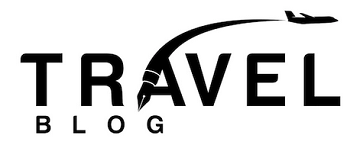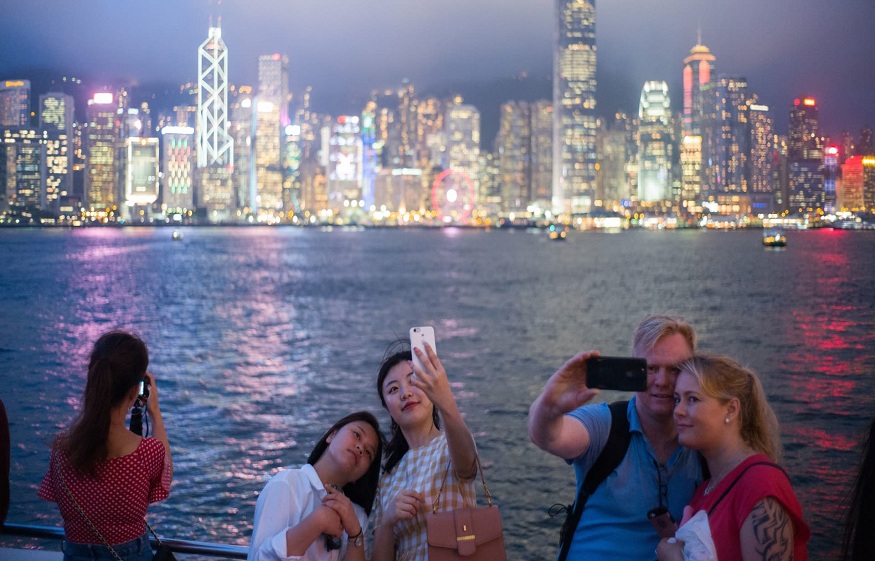Hong Kong makes getting around easy, with an extensive subway system, ferry services, trams and buses as well as taxis available for use. A convenient, safe and economical method to travel throughout Hong Kong is an Octopus card – this provides safe travel across its many nooks and crannies.
Remember those amazing views of the city skyline you’ve seen on Instagram? Those images were likely taken on Kowloon side.Toronto to Hong Kong Cathay Pacific flights can easily get you there.
What to Expect
Hong Kong’s urban fabric is vibrant, with crowds filling its streets day and night. As one of the densest cities on earth, its average living space per neighborhood averages only 470 square feet (roughly half the size of an apartment in New York). Hubs of local life like Mong Kok and Tsim Sha Tsui offer shoppers and tourists alike plenty of opportunity to interact freely throughout their days here.
Hong Kong, once a British colony and now an international financial hub, is a cultural melting pot, home to people of countless nationalities. While English may be widely spoken here, Cantonese remains the language spoken most commonly throughout its many popular neighborhoods – particularly within cha chaantengs (post-World War II diners), cooked-food markets and fortune-tellers.
Hong Kong’s hilly terrain can make navigation tricky on foot, but public transportation makes the experience far simpler. The MTR is clean, efficient and very cost-effective; in just 31 minutes it will transport you from one end of the city to the other. Those seeking additional adventure may enjoy biking or hiking trails or taking scenic ferries to explore Lamma and Cheung Chau islands further afield.
Visit Hong Kong is not complete without taking the 8-minute Peak Tram ride up Victoria Peak for unparalleled panoramic city views from its summit. On your return ride down, make sure you stop at Temple Street Night Market on your journey back down for delicious street food and great bargain clothing and souvenir shopping opportunities.
Getting There
Hong Kong is a bustling metropolis and you will find something exciting here, regardless of political upheaval and pandemic threats. From high-end shopping and delectable street food vendors to culturally enriching museums and attractions – there’s always something going on here!
Hong Kong International Airport is an important hub, offering over one hundred direct flights from all around the globe. If you have an extended layover, enjoy sightseeing or catch a movie at one of Hong Kong’s cinemas while waiting – there are also cruises departing from Sheung Wan Port that may provide more thrills and adventure!
Hong Kong offers an efficient public transport system, making getting around simple. An Octopus card provides access to MTR trains, buses and ferries – it may save money if you plan on using them regularly for transportation needs. It may be worthwhile considering getting one as it could save time when purchasing single ride tickets on MTR systems.
Crossing into mainland China is relatively straightforward. There are six road-based land crossings at Shenzhen Bay, Lok Ma Chau, Man Kam To, Futian and Sheung Yuen Wai that each offer road access into Mainland China; each has their own queue but the process usually goes quickly.
Hong Kong accommodations range from luxurious hotels to budget hostels and guesthouses, with prices typically beginning around USD$30 per night for shared dorm beds in shared dorms – making Hong Kong one of the world’s most expensive cities! If you would like to book ahead, Klook provides an easy way of searching accommodation and travel services.
Weather
Hong Kong enjoys mild to temperate and generally sunny conditions throughout most of the year, although this subtropical metropolis is subject to periodic heavy rain from monsoon systems, with 80% of annual precipitation falling between May and September – this rainy season also being visited by tropical cyclones (also known as typhoons).
Spring temperatures from March to May tend to be moderate; however, fog and drizzle can halt air and ferry services and decrease visibility. Summer heat can become unbearably intense with temperatures often surpassing 30deg C and high humidity – not to mention frequent showers, thunderstorms and typhoons!
November to December is typically cooler but still very comfortable with manageable temperatures and mostly sunny skies – making these months ideal for outdoor activities like hiking and visiting scenic spots.
Hong Kong offers ideal weather from October to early December, when temperatures generally range from 19 to 28deg C and there is often a light breeze and occasional cloud cover – providing a welcome relief from muggy, humid conditions found elsewhere in the country. When traveling any time during these months, always pack sun protection such as sunglasses, a hat, umbrella/raincoat/raincoat combination as well as water and hiking sportswear in order to avoid sunburning even in cooler months – sunscreen with at least SPF 30 is advised and always stay prepared! Hong Kong weather can change suddenly; be prepared!
Etiquette
Hong Kong, an epicenter of business and culture, welcomes over 65 million tourists each year, drawn by its iconic skyline, dynamic food scene, and multicultural influences that draw them in from across the globe. Although an exciting city to visit, there are a few things visitors should keep in mind before embarking on their trip to Hong Kong.
As with any city, Taiwan may be susceptible to violent protests that could turn violent quickly. With Typhoon season quickly approaching, be wary when heading outdoors during these periods – beaches and public transportation should also be avoided during this time frame. Furthermore, travelers have reported being victimized by scammers by having their drinks spiked at bars and nightclubs.
When visiting, it is best to have a map of the city and ensure your hotel is near an MTR station. The subway system is fast and reliable, and getting an Octopus card can save money by letting you make payments using either cash or credit. Plus, these cards allow you to avoid ticket lines when taking bus service!
Hong Kong uses the Hong Kong Dollar (HK$), while most places accept both US dollars and HK$ as currency. Restaurants, shops and markets accept major credit cards while mobile payments such as Apple Pay, Google Pay and Alipay may also be accepted. Also note that some restaurants only accept cash so make sure to bring some along! Keep in mind that smoking is banned in public spaces such as public transportation if desired so if smoking is desired find an appropriate room instead.
No matter where you decide to travel, taking necessary safety precautions like using a credit card skimmer detector is necessary in having a safe and fun trip. To learn more safety tips for your solo adventure, please see the resource below.
Provided by Spycraft 101


